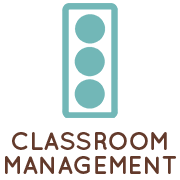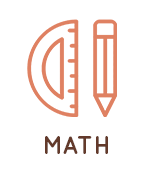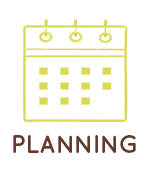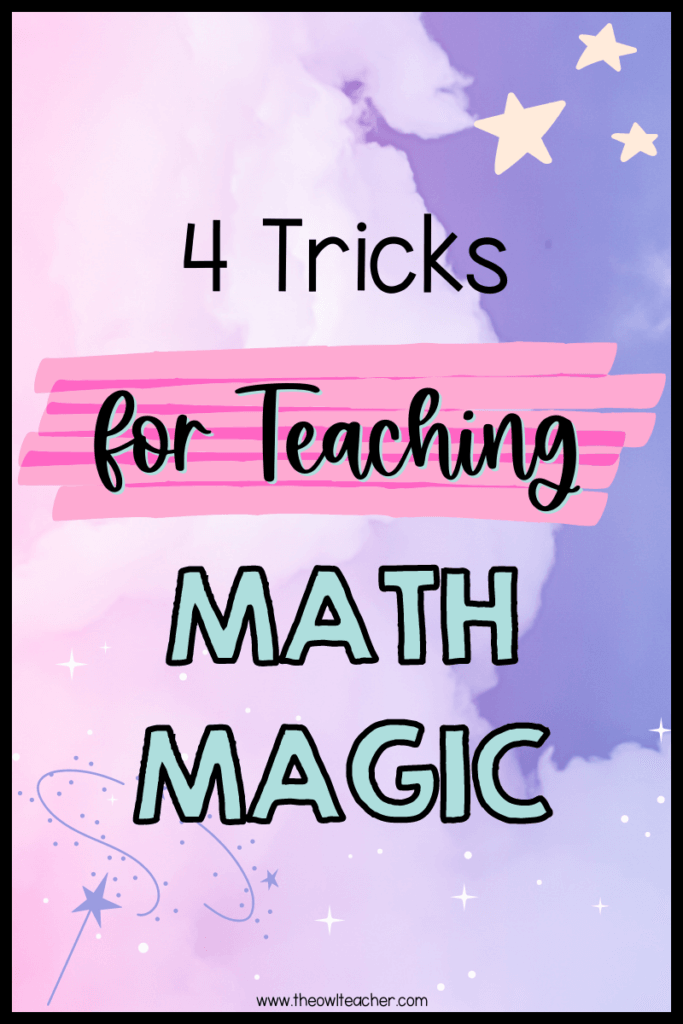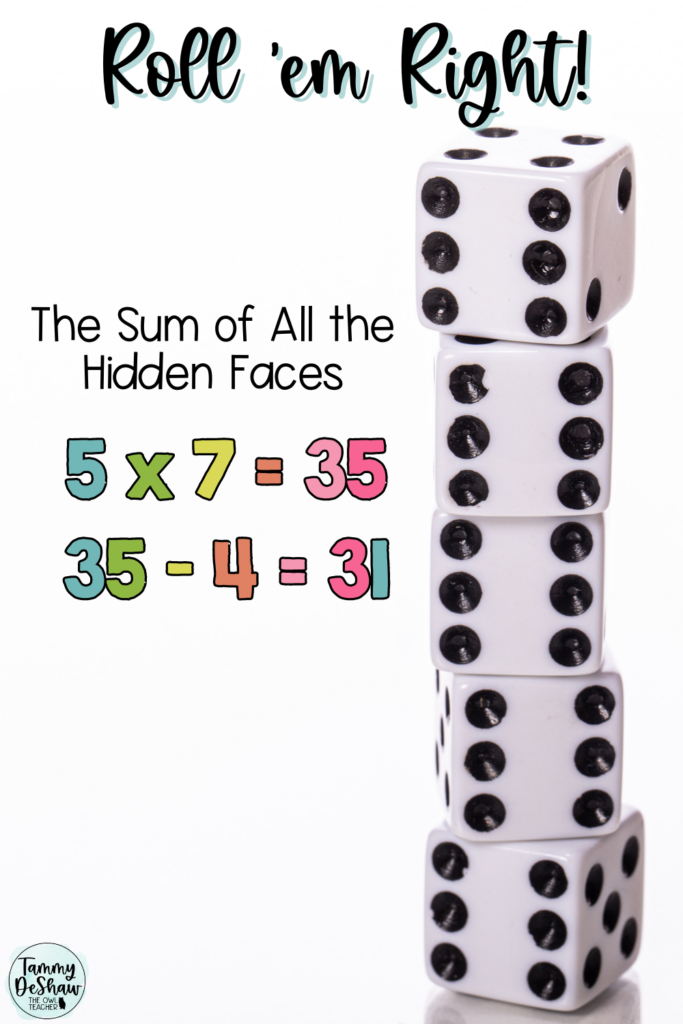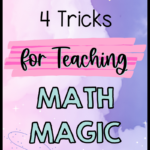
This post contains affiliate links.
How many times have you wished you could wave a magic wand to help your students instantly understand those tricky math concepts? Too many to count, right?
Great news: I can help with that! Now, I should warn you that I’m no magician… But I still have a bunch of tricks up my sleeve that will turn all your kiddos into math magic wizards in no time.
Although we can make the math easy, that doesn’t take away its importance. As educators, we all know that the skills we teach now will carry with students for the rest of their lives. It is our responsibility to give them the tools to succeed!
With the right tools, students can be excited about math. Magic in math helps meet the Standards for Mathematical Practices (SMP), which are the processes of doing math that are central to the work of mathematicians. Your kiddos may not dream of becoming groundbreaking mathematicians one day, but that shouldn’t stop them from being able to work through math problems stress-free. By bringing magic to math, we can help instill a sense of joy and enthusiasm into the classroom while building problem-solving skills, reasoning skills, and communication skills.
It doesn’t get much more magical than that. Now, watch and be amazed as I make four marvelous math tricks appear before your very eyes!
Note: Though I wish I was the genius behind these math magic tricks, none of these ideas are my original property. They are from multiple sources: Mathemagic (Blum, R), The I hate Mathematics! Book (Burns, M.), Math Magic Trick by Games 4 Gains, and The Calendar Problem by Math for Love. Additionally, this was presented by Doris Fulwider at the NCTM 2023 Virtual Conference.
1. Charming Calendar Contest
Topics Covered: Mental addition, number patterns, multiplication
Magician’s Tools: Calendar, yellow translucent plastic window
The Math Magic: Is there anything better than watching students’ brains kick into gear while they scramble to solve a challenge? I love the look of excitement when they figure it out! That’s exactly what we’re going for in this math magic challenge.
Choose nine dates from any month on a calendar and cover the 3 x 3 area with a yellow translucent plastic window (linked above). Ask your kiddos who can add up the nine numbers faster: them, or you? If you’ve got the time, give your classroom a few tries. Have them try their best to finish the addition before you before explaining that you will win every attempt!
Next, try to have students figure out how it works. I would pair students up or even split them into groups to brainstorm the fastest ways to add up the nine numbers. Ultimately, you’ll want to reconvene and explain to students how this math magic trick works.
The answer always turns out to be nine times the number at the center of the 3 x 3 square. Why? Because every opposite pair of numbers averages out to the number in the center! Isn’t that neat?
An Enchanting Example: Instead of adding ten and twelve, we can instead add two elevens. Adding all nine numbers comes out to be the same as adding nine of the middle number, which is just a multiplication problem!
2. Roll ‘Em Right!
Topics Covered: Mental addition, subtraction, multiplication
Magician’s Tools: Dice
The Math Magic: This time, we’re going to convince our kiddos that we’re math wizards! Well, maybe not quite a wizard, but you’ll definitely look like some kind of math whiz with this math magic trick.
Tell students that, without looking, you can magically conjure the sum of all the hidden faces of five dice. Take a student volunteer to roll five dice and build a tower (or stack them on top of one another) while you close your eyes or look away.
Now, how will you find your answer? Don’t worry–you don’t need a magic wand. Instead, just know this: it’s the number of the dice times seven! Take that answer and subtract the number that is on top of the dice. In this case, you had five dice, so 5 x 7 = 35. If the dice face showing at the top of the tower is 3, then you would perform 35 – 3 and find the answer of 32.
They say a good magician never reveals her tricks, but I think we can make an exception for our kiddos! On each die, the opposite face numbers all add up to seven. If one face is showing a six, then the opposite face is a one. If a face is a showing four, then the opposite is a three, and so on!
An Enchanting Example: Two dice x 7 = 14, so subtract the top number from 14 to get the sum of the 3 hidden faces (add the hidden face against the table, as well). You’re applying multiples of 7 for more dice.
3. Conjured Calculator Magic
Topics Covered: Place value, multiplication, prime factorization
Magician’s Tools: Paper, envelope, calculator
The Math Magic: With this math magic trick, you’ll have students believing you’re keeping a crystal ball stored in your desk! Tell the class that you are going to make a numerical prediction. Write the number “73” on a piece of paper, fold it, and slip it inside an envelope then seal it. Presentation is important in magic, you know! 😉
Next, take a student volunteer. Have them pick any four-digit number and enter it twice into the calculator (for example, if they choose 1234, they would enter “12341234” into the calculator). Then, ask students to divide this new number (12341234) by the original number (1234). Finally, students will then be instructed to divide by 137.
If they followed the instructions correctly, then students will be greeted with the number 73. Make a big show out of having a student open the envelope and reveal your number prediction: 73!
No matter what four-digit number students choose, they will always find “73” as their final answer. Why? Because the only factors of 10,001 are 137 and 73!
An Enchanting Example: If a student chooses “1234” as their number:
12341234 ÷ 1234 = 10001
10001 ÷ 137 = 73
Ta-da! You’re a math magic marvel!
4. The Amazing Prediction
Topics Covered: Nine bonds, place value
Magician’s Tools: Envelope, calculator
The Math Magic: Similar to the last math magic trick, this one will make your kiddos think you can see the future for sure! To start off, create a 6 x 6 grid on the whiteboard and ask a student volunteer to write a random five-digit number on the third line, skipping the first column (see the example below).
After your volunteer enters their number, write a secret prediction and place it in an envelope. Your prediction will be the following: the student’s random number, except with a “2” added to the beginning and two subtracted from the last number. So if their random number was 38,426, then your prediction will be 238,424.
Once your prediction is safely sealed away in the envelope, it’s time to make your volunteer put in some work. Math magic isn’t completely effortless, you know! Have your student randomly place digits 0-9 in all the empty squares except for the first column and the last row, creating number bonds as they go.
Then, once the number bonds are done, ask the person to add all those together. Using a calculator, add these five-digit numbers in each row together and record the sum. Surprise: the sum will match your prediction!
It can be a bit difficult to picture the whole process in your mind, so I’ll include a few example images below. First, though, let’s take a behind-the-scenes look at how this math magic works!
The number 99,999 is functionally the same as 100,000 – 1. That being said, if we added 99,999 to the volunteer’s original number, we would need to put a “1” in the front (or the hundred-thousands place) and subtract one from the end. However, since we are adding two instances of 99,999 to their number, we instead put a “2” in the front (or the hundred-thousands place) and subtract two from the end.
An Enchanting Example:
In this image above, the student volunteer fills in the empty squares (except the first column and last row) with random digits 0-9, making number bonds. Matching colors are used to help you see the number bonds. The original number from the volunteer is bolded, while the sum is highlighted at the bottom.
Keep in mind that these math magic tricks aren’t the end-all-be-all of math. Ultimately, how magic your math class is is up to you! The point of these “magic tricks” in math is to help encourage students to think about the way math works and its intricacies. This will help expand their critical thinking and problem-solving skills and to think beyond just routine, procedure, and formulas. If you’re looking for other exciting math activities, check out my post “Math is Fun Again: 10 Engaging Math Activities for Upper Elementary Students.”
When we fully understand math and how it works, we can’t be tricked!
Want to explore math further with your students? Check out this engaging Create Your Own Adventure Activity FREE!


